Discover 11 hidden attractions, cool sights, and unusual things to do in Zabrze (Poland). Don't miss out on these must-see attractions: St Joseph's Church, Zabytkowa Kopalnia Węgla Kamiennego Guido, and Kirkut. Also, be sure to include Muzeum Górnictwa Węglowego in your itinerary.
Below, you can find the list of the most amazing places you should visit in Zabrze (Silesian).
Table of Contents
St Joseph's Church
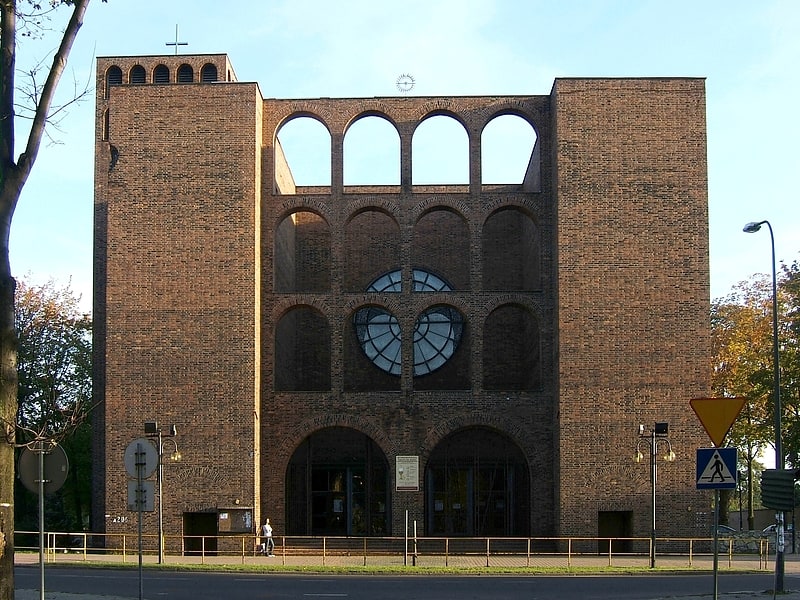
Also known as: Kościół św. Józefa w Zabrzu
Catholic church in Zabrze, Poland. St. Joseph's Church in Zabrze is a Roman Catholic church built from 1930-1931 in the Expressionist style. It is one of several Brick Expressionist buildings designed by Dominikus Böhm. It is located on the southwest side of central Zabrze at Ulica Franklina Roosevelta 104.[1]
Address: 102 Franklina Roosevelta, Zabrze
Zabytkowa Kopalnia Węgla Kamiennego Guido
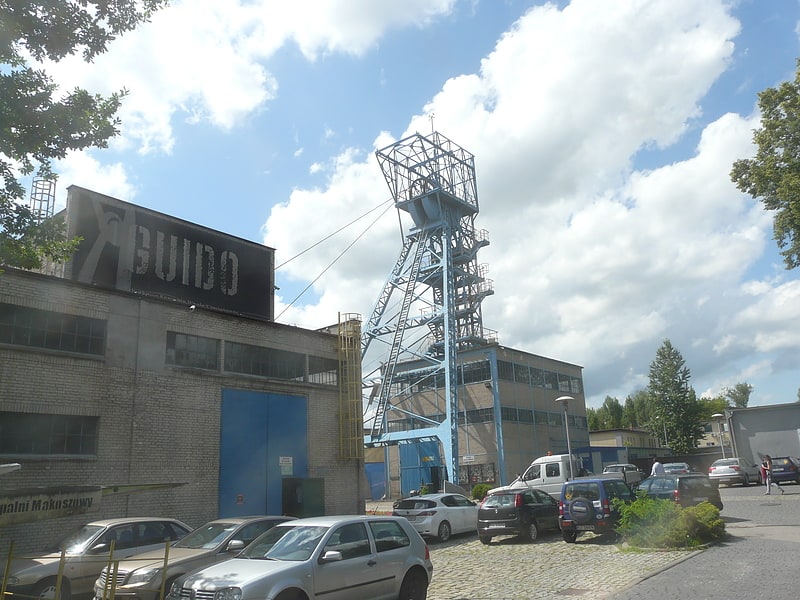
Also known as: Kopalnia Guido
Museum in Zabrze. The Guido mine, Polish: Zabytkowa Kopalnia Węgla Kamiennego is a historic deep coal mine and museum in Zabrze, Silesia, Poland. The museum is an Anchor point on the European Route of Industrial Heritage. This is an object of cultural heritage inscribed in the registry of the Silesian Voivodeship and a cultural monument in Poland.[2]
Address: ul. 3 Maja 93, 41-800 Zabrze
Kirkut
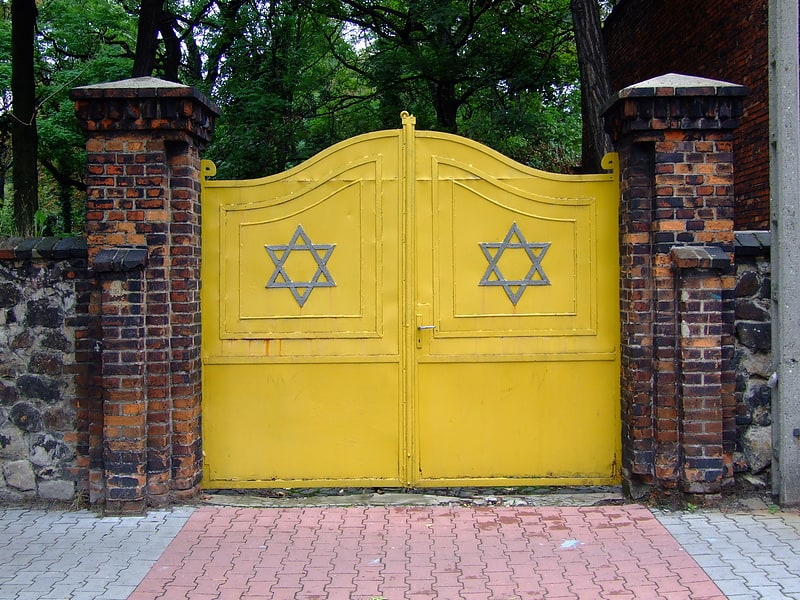
Jewish cemetery in Zabrze - Jewish cemetery in Zabrze located on Cmentarna Street. The reason for establishing the cemetery in 1872 was the establishment of the Jewish community in Zabrze and difficulties in burying the dead, because the nearest Jewish cemeteries were located in Bytom and Gliwice. A plot of land for the cemetery was donated to the Jewish community by Prince Guidon Henckel von Donnersmarck. The majority of matters related to funeral ceremonies were taken care of by the Holy Brotherhood "Chevra Kadisha". The uniqueness of this cemetery results from the juxtaposition of humble matzevot with monumental family tombs, which should be considered a symbol of partial assimilation of the Jewish community with the Prussian one. The cemetery covers an area of about 2.2 ha.
Burials were held here from 1872 until 1954, at which time the burial of the dead in this cemetery ceased. Over 678 people were buried in 14 plots. There are about 500 matzevot left on the cemetery. The oldest tombstones are those of Moritz Adler and Johanna Friedmann, both of whom died in 1872.
In the past, the cemetery was unattended, which accelerated its devastation, and many marble and granite tombstones were stolen. Between 1991 and 1992 the cemetery was destroyed twice. Since 1989 the cemetery is taken care of by the Social Committee of Care over the Jewish Cemetery in Zabrze. It is interesting that there are 266 trees of 13 species on the cemetery.
Muzeum Górnictwa Węglowego

Coal Mining Museum - a cultural institution and museum established in 1981 in Zabrze, organized by the Zabrze Municipality and the Silesian Voivodeship. It is the largest mining tourism center in the Silesian province with two brands, having four modern and attractive complexes of mining facilities, where museum, educational and recreational activities are carried out. The museum also has rich collections related to the history of mining and mining technology and culture. Since 2007. The Museum publishes a magazine "Polish Miner - Scientific Journals of the Coal Mining Museum in Zabrze". It also organizes annual thematic scientific conferences. Currently, the museum director is Bartłomiej Szewczyk, M.Sc.
Address: Ul. 3 Maja 19, Zabrze
Miejski Ogród Botaniczny
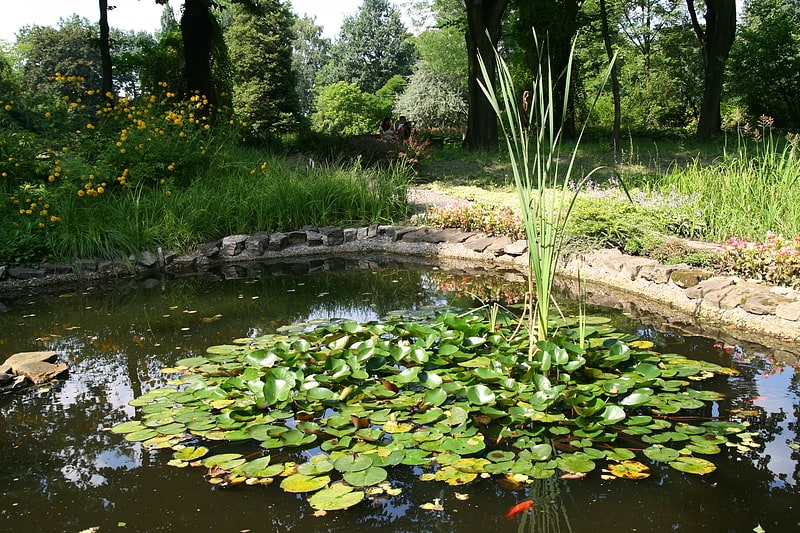
Municipal Botanical Garden in Zabrze - a botanical garden opened to the public in 1938, covering an area of 6.36 ha. It is located at 60 Józefa Piłsudskiego Street in Zabrze, near the sports facilities of KS Górnik.
The garden is divided into botanical and park parts. The botanical part is maintained in the geometric style characteristic of French gardens, while the park part refers to typical landscape English gardens.
Address: Botaniczna 2, 41-800 Zabrze
Urząd Miejski w Zabrzu

City hall
Address: 1 profesora Zbigniewa Religi, Zabrze
Filharmonia Zabrzańska
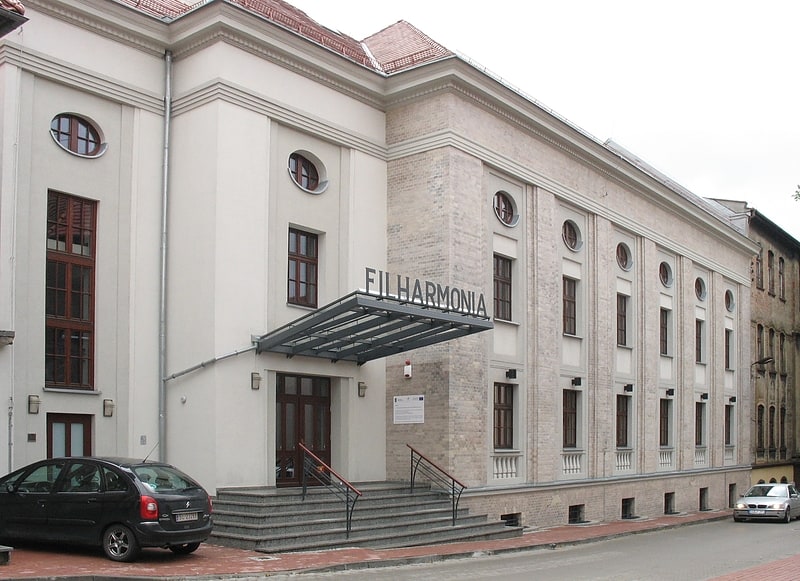
Zabrze Philharmonic - a cultural institution of the city of Zabrze, founded in 1950 as the Miners' Trade Union Philharmonic. Its goal was to popularize music among workers. From the beginning it also conducted activities aimed at younger audiences - children and adolescents.
The repertoire presented at the Zabrze Philharmonic has evolved from operettas and operas to typical philharmonic concerts.
In the 1980s, the ensemble was named the "State Philharmonic" as a sign of government recognition.
The Zabrze Philharmonic has hosted many renowned artists from Poland, the most famous of whom were the conductors: Grzegorz Fitelberg, Karol Stryja, Marek Pijarowski and the soloists: Wiesław Ochman, Bernard Ładysz, Piotr Paleczny, Wojciech Waleczek, Krystian Zimmerman and Halina Czerny-Stefańska, as well as foreign artists.
The Zabrze Philharmonic Orchestra takes part in numerous festivals, such as: the Krystyna Jamruz Festival in Busko-Zdrój, the International Festival of Sacred Music "Gaude Mater" in Częstochowa, the Jan Kiepura Festival in Krynica, the Silesian Composers' Tribune in Katowice, the Star Festival in Międzyzdroje and others. He also performs at foreign concerts
The Zabrze Philharmonic is also active in the field of publishing - its orchestra has released 2 CDs and recorded performances for TVP.
Its chief and artistic director since 1990 is Slawomir Chrzanowski.
Since 2010, the Philharmonic has had its seat in the historic building (dating from 1911) of the former Donnersmarck Library. It was founded by the Zabrze philanthropist Guido Henckel von Donnersmarck.
Address: 7 Park Hutniczy, Zabrze
Church of the Assumption
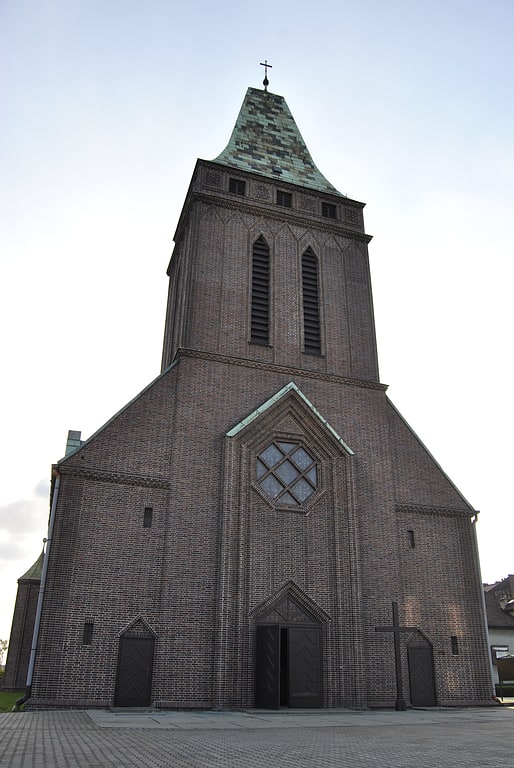
Church of the Assumption of the Blessed Virgin Mary in Zabrze - one of the historic churches in Zabrze, Silesia. It is located in the Biskupice district, on Bytomska Street. It belongs to the Decanate of Zabrze-Mikulczyce.
Address: Bytomska 68, 41-800 Zabrze
Water tower
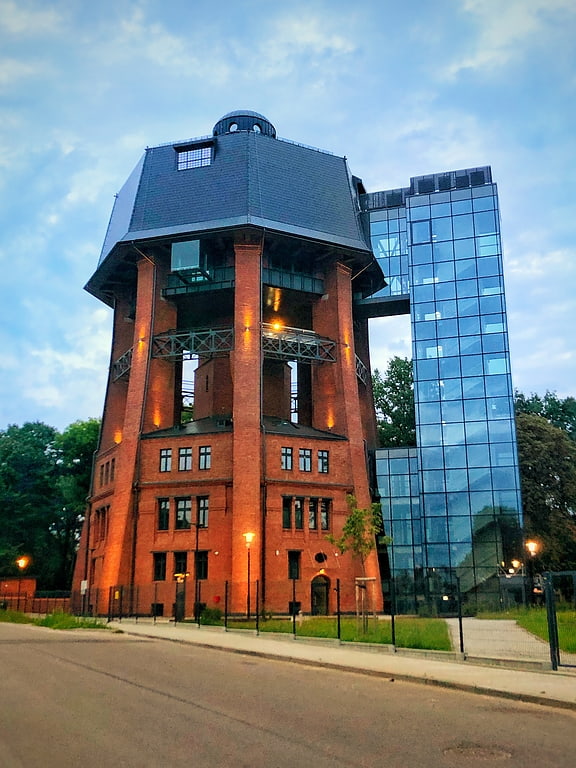
Zabrze Water Tower - water tower, located in Zabrze at Zamoyskiego Street, erected in 1909.
Address: 2 Jana Zamoyskiego, Zabrze
Makoszowy
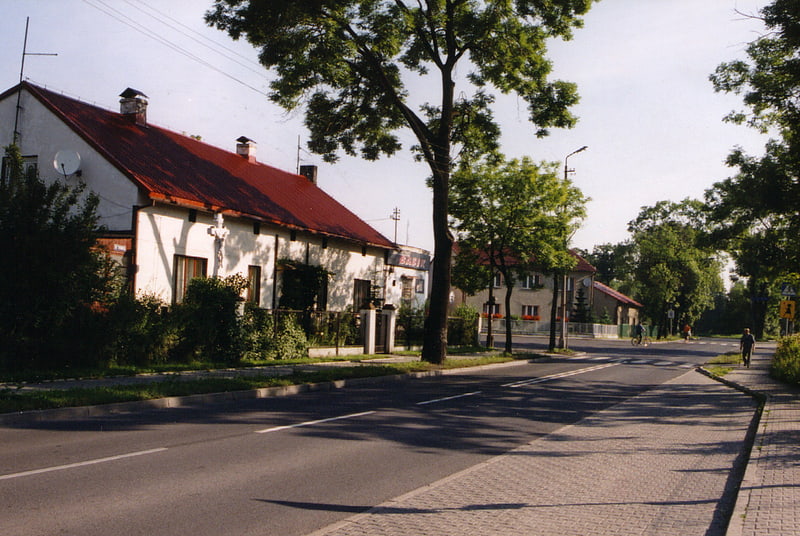
Makoszowy is a district of Zabrze, Silesian Voivodeship, Poland, located in the southern part of the city.
Makoszowy is located on the Kłodnica river with its two tributaries, Bielczanka and Czarnawka, surrounded with forests and ponds. Anglers like to fish here or just come and have a rest. There is a coal mine. There are about 2,000 people. Easy communication with adjacent towns.
Makoszowy borders the districts of Kończyce and Guido (in the north), the cities of Gliwice (in the west) and Ruda Śląska (in the east), and the villages of Przyszowice and Paniówki (in the south).[3]
Stalowy dom

Steel house - an experimental building with steel walls, built in Zabrze in 1927.
The building was erected in Friedhofstrasse (now Cemetery Street) in 26 days, from welded prefabricated steel plates cast in Donnersmarck's steelworks.
Similar 4 structures were built in Zabrze in 1928/1929 in Rokitnica at Szafarczyka Street (#40-42, 41-43, 44-46 and 45-47).
Address: 7d Cmentarna, Zabrze